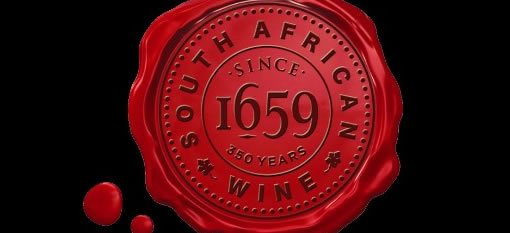As a wine-producing county, South Africa has many strikes against it.
Few people identify the nation with wine. Compared to the Old World European giants such as France, Italy and Spain, South Africa’s production is small. It has about 600 wineries, nearly as few as Napa Valley. Some of its red wines have this burnt rubber thing going on and growers don’t know if it’s a normal part of the character of the region or something they need to control. I think it makes the wines unique, but it turns some people off.
The grapes and wine at which South Africa excels, the red pinotage and white chenin blanc, have little cache in the United States. Also, U.S. winedrinkers aren’t going to take the time to learn the nuances of wines from Piekenierskloof vs. those from Breedekloof. Maybe that’s why the U.S., the world’s top wine buyer, isn’t that important to South Africa, which exports more to the United Kingdom, Germany, Sweden and Russia.
With wine consumption growing in the U.S., South Africa would love to expand here. For novelty and good wine, South African wines are worth checking out. I picked up some big, flavorful selections in the midteens.
Chenin blanc’s roots are in the Loire Valley of France where it is used in off-dry wines such as Vouvray and dry wines such as Anjou and Saumur. For an assertive chenin blanc, try the unctuous Tierhoek 2011 Chenin Blanc. With smells of apricot and a bit of nuttiness, the rich wine comes off a bit sweet with flavors of white tea and melon, with hints of “noble rot” – a desirable affliction of white grapes that add a new dimension to wines. This would be great by itself, or probably pair well with blue cheese. $13.
more on thetimes-tribune.com




